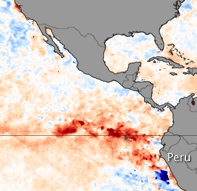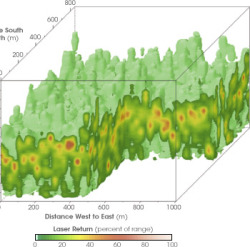Definiens community site launched
/At our Definiens workshop today, Juan mentioned that the Definiens community website has been launched in the last month. Definiens is one of the few comprehensive segmentation and classification software solutions targeted for high spatial resolution imagery processing. I've used the software for mapping tidal wetland sites, and for mapping dead crowns in oak forests. The community site includes lots of information on shared codes, videos, demos, and discussion. Since the software is so comprehensive, and has so many possible options, it can be difficult to become an expert. I personally like to know the "choice domain" within which I am working, so learning Definiens places me somewhere on the edge of my comfort zone. But with this, especially the rule set sharing, I think I can get stuck in. Thanks Juan!
The GIF is one of 7 Centers of Excellence for Definiens; other sites include:
- University of Calgary
- Center for Advanced Spatial Technologies, University of Arkansas
- The Spatial Analysis Laboratory (SAL), University of Vermont
- University of Wales, Aberystwyth (lovely place - I did my junior year abroad here)
- Centre for Geoinformatics, University of Salzburg
- Charles Darwin University, Australia





 Eric Sanderson is visiting CNR next week: Chris G pointed me to his work. Imagining Manhattan before European contact through visualization. Gorgeous work, and appealing on many levels for geographers everywhere.
Eric Sanderson is visiting CNR next week: Chris G pointed me to his work. Imagining Manhattan before European contact through visualization. Gorgeous work, and appealing on many levels for geographers everywhere. 